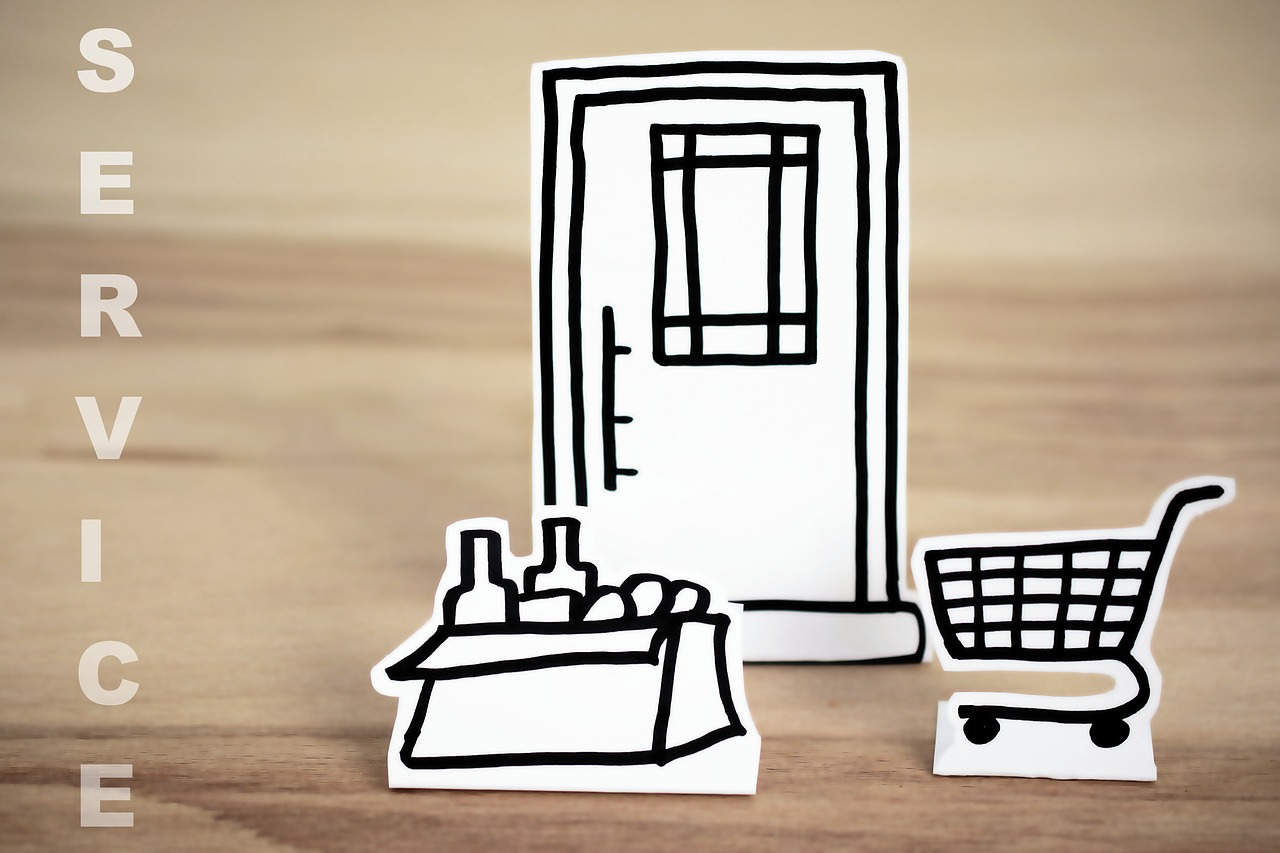The Evolution of Home Comfort: Beyond Traditional Solutions
From basic heating and cooling systems to smart home technology, the way we experience comfort in our homes has come a long way. Thanks to advancements in technology, home comfort goes beyond traditional solutions and adapts to our individual needs and preferences. In this article, we’ll take a closer look at the evolution of home comfort and how it has revolutionized the way we live.
The Beginning of Home Comfort
In the early days, home comfort meant simply having a warm fire to keep you cozy in the winter and a cool breeze to combat the summer heat. People relied on natural elements and manual labor to maintain a comfortable living environment. It wasn’t until the late 19th century that we saw the first advancements in home heating and cooling solutions.
The first central heating system, invented by American engineer Alice Parker, was patented in 1919. This system allowed heat to be distributed evenly throughout a home using a furnace and ductwork. Similarly, the first air conditioning system was invented by Willis Carrier in 1902, but it was mostly used for industrial purposes.
The Rise of Smart Home Technology
The 21st century brought about a significant shift in the way we interact with our homes. With the introduction of smartphones and other smart devices, the concept of a “smart home” became more accessible. Homeowners could now control their heating and cooling systems, lighting, security, and more with just a few taps on their phone.
Smart thermostats, in particular, have become a staple in many homes. These devices use artificial intelligence and sensors to learn your schedule and adjust the temperature accordingly. They can also be controlled remotely, making it easier to save energy and reduce utility bills.
The Customization of Home Comfort
One of the most significant benefits of the evolution of home comfort is the ability to customize it to our specific needs and preferences. Smart thermostats, for example, have features like zoning that allow you to set different temperatures in different areas of your home. This not only increases comfort but also helps save energy and reduce costs.
Additionally, many companies offer personalized home comfort solutions based on factors such as climate, household size, and individual preferences. This means that homeowners can select the perfect system for their specific needs, rather than settling for a one-size-fits-all solution.
The Future of Home Comfort
The evolution of home comfort is far from over. With emerging technologies, the possibilities of making our homes even more comfortable and energy-efficient are endless. For instance, we can expect to see advancements in smart home integration, making it easier to control all aspects of home comfort from one central device.
Moreover, eco-friendly and sustainable options for heating and cooling are becoming increasingly popular. With climate change being a pressing issue, many homeowners are looking for ways to reduce their carbon footprint and make their homes more environmentally friendly. This trend is only expected to grow in the future.
In Conclusion
The evolution of home comfort has come a long way from its humble beginnings, and it continues to improve with each passing year. From traditional solutions to smart home technology and customizable options, homeowners now have the ability to create their ideal living environment and save energy while doing so. With ongoing advancements and a focus on sustainability, the future of home comfort is looking brighter than ever.







